Is your fabric struggling to move through the machine properly? This annoying problem is easy to fix!
Like many sewing problems, fabric that won’t feed through the machine correctly happens when it seems like nothing is wrong! This is an annoying and common problem, but not a hard one to figure out how to fix.
The most common reasons your sewing machine is not moving fabric through fall into 4 categories: threading issues, feed dog issues, fabric issues, and sewing machine setting issues.
Let’s go through each category and learn how to solve this problem!
How To Fix A Sewing Machine That Isn’t Feeding Fabric
1. Fix Any Threading Issues
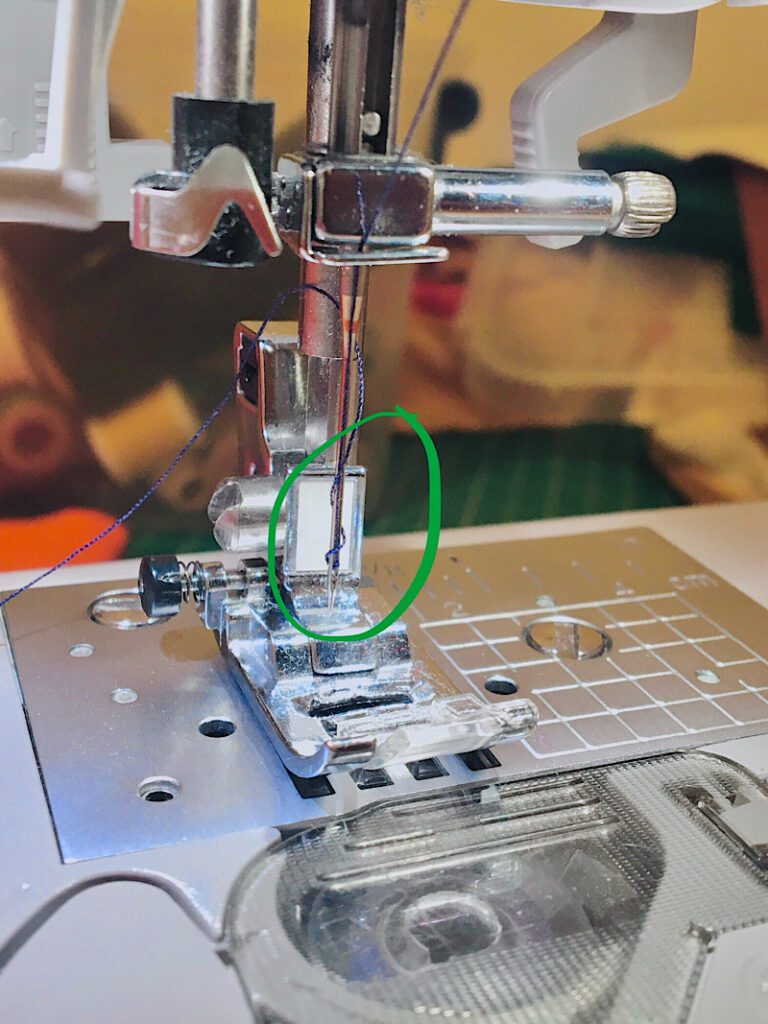
Most sewing machine problems are caused by a threading issue. I have time and time again solved my problems by just unthreading and rethreading my machine. It is that important!
Here are the common culprits you should look out for:
- Thread tension. Make sure the upper thread tension is not too high, and that the thread is not caught on something. You can also check the bobbin tension.
- Not threaded properly. If the thread is not flowing through the thread path and tension disks correctly, it can stop sewing and the fabric won’t be able to move backwards through the machine. Unthread it all, and try again.
- Knot on bottom of work. Make sure you haven’t accidentally knotted the threads under your work or made a “bird’s nest”. These can lock up the needle and fabric and prevent it from sewing.
- Thread wrapped around the needle. Make sure the thread is going from front to back, and isn’t wrapped around the needle (this happens to me a lot.)
2. Solve Any Feed Dog Issues
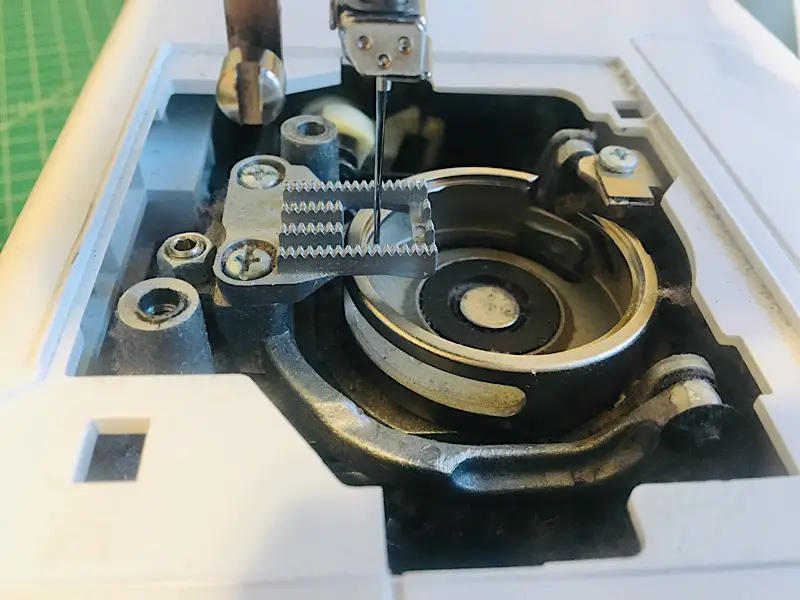
Feed dog issues are very common for this problem, in fact I wrote an entire separate post that JUST focuses on why feed dogs sometimes don’t work which you can read here. (If you determine that feed dogs are the reason your machine won’t feed fabric through, make sure to read that post!)
Here are the basic points I made in that article that can cause fabric to not feed properly:
- Feed Dogs are dropped under the needle plate
- The Stitch Length is too low or set to zero
- The Presser Foot pressure is too high
In addition, super old feed dogs might just be worn down and need to be replaced. This is uncommon, but worth mentioning if you are sewing with plastic feed dogs or on a very old machine.
3. Check Your Sewing Machine Settings
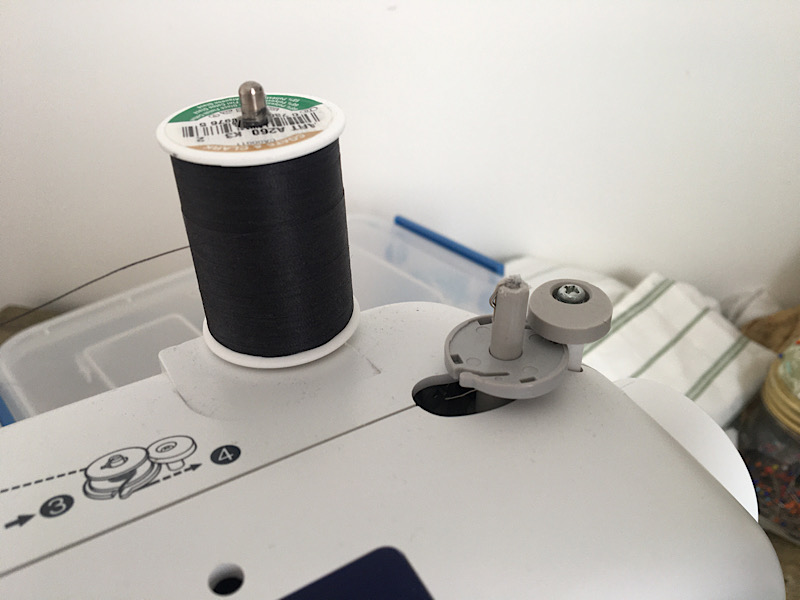
There are a few “settings” on your sewing machine that you should make sure are in the right position before you sew if your fabric won’t move or your sewing machine just wont “go”!
- Make sure the bobbin winder is not engaged. If it is, slide it back to it’s default position (or otherwise disengage it depending on your machine) and try sewing again.
- Make sure your presser foot is DOWN when you begin to sew. New sewers often forget this step, but it is essential!
- Make sure your reverse button is not stuck or turned on.
- Some sewing machines have a button that simply raises the needle up to it’s highest position, and some machines have a button that only sews a single stitch. Confusingly enough, some sewing machines ALSO have a button on the machine that you can press to sew instead of the foot pedal! So make sure you are pressing the right button.
4. Fix Any Fabric Issues
I talked about fabric issues a bit in the feed dog article I wrote as well, but I thought I should mention them here too. Fabric issues are usually actually feed dog issues, because different materials have different feeding needs.
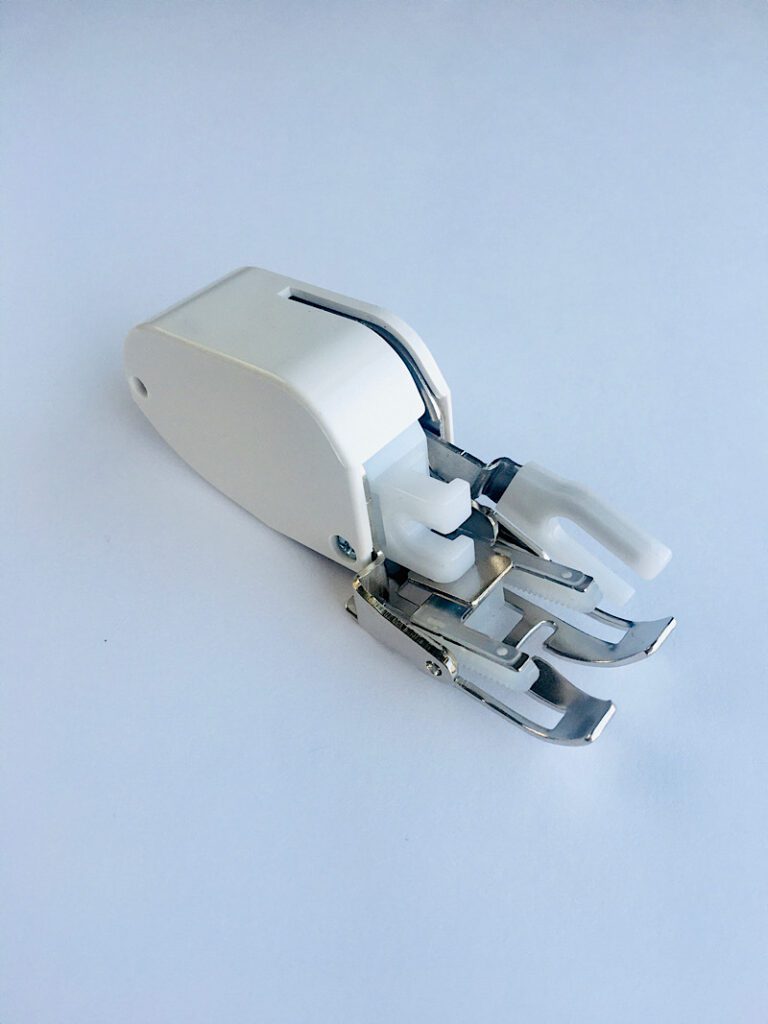
- Thick fabrics may need a walking foot to help “walk” and feed them through the machine (especially quilts). You can read more about walking feet in my presser foot guide.
- Thin or slippery fabrics may need some kind of stabilizer or backing to help stiffen them and make them “grab-able”
- Finally, super thin fabrics sometimes get pushed down by the needle under the needle plate and get stuck, which will of course cause them to stop moving through the machine. Make sure to hold the fabric taut as you being sewing near the edge, or sew from the middle of the material if you can.
Conclusion
To recap, the most common reasons fabric stops moving through a sewing machine include not being threaded correctly, feed dog trouble, fabric that is too thick or thin, and having settings incorrect on your sewing machine.
Fabric that isn’t moving through your sewing machine is one of those annoying little things that happens sometimes, but I hope this post helped you realize the simple steps you can take to prevent and also fix the problem!
Sign up for my email list if this post helped you, for more sewing content!

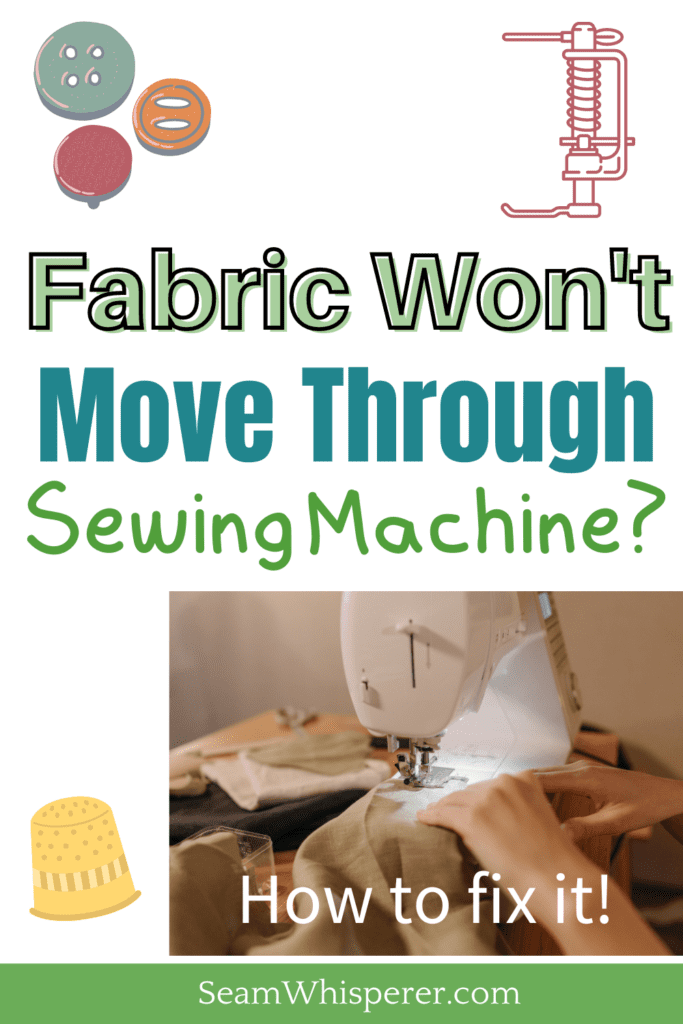

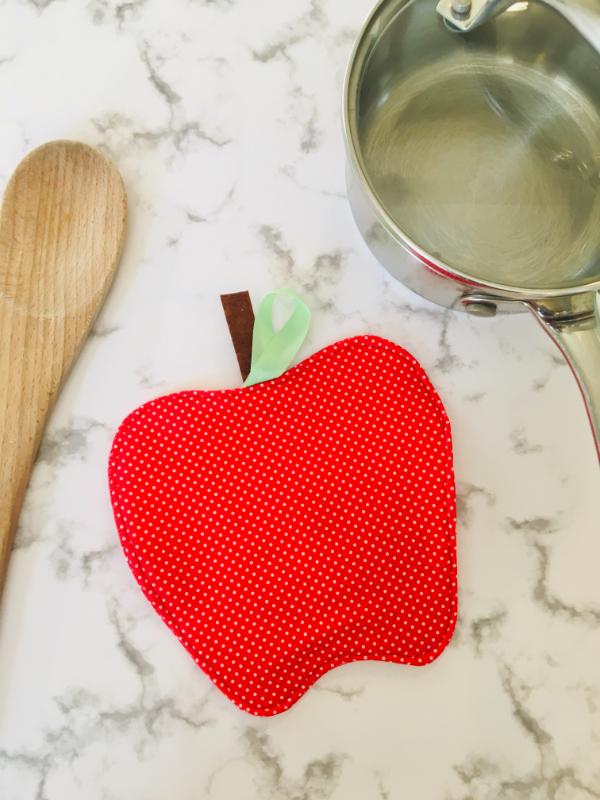

My Baby Lock sewing machine is stitching backwards?
Hi Mirna, I am sorry, I am not an expert with baby lock machines!